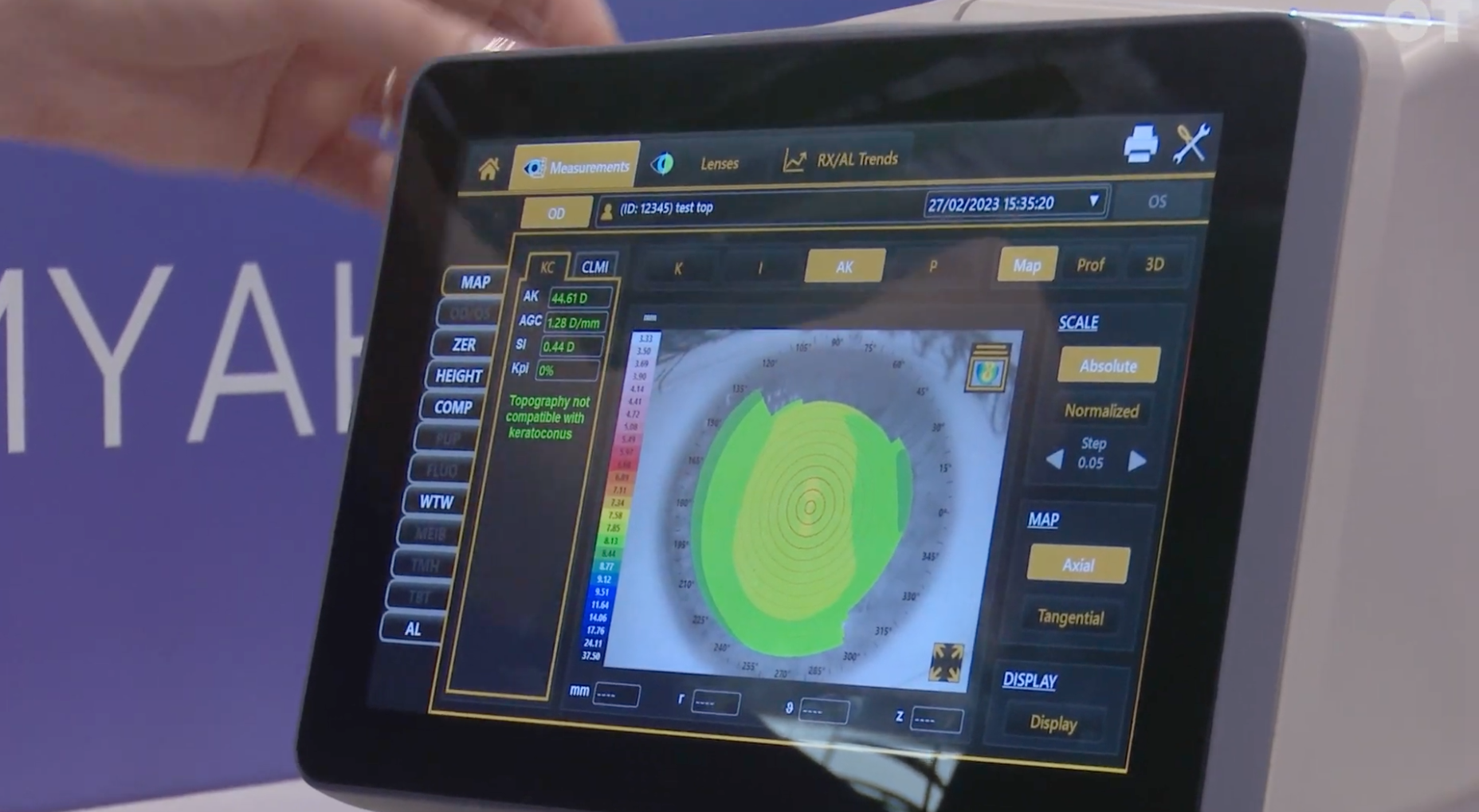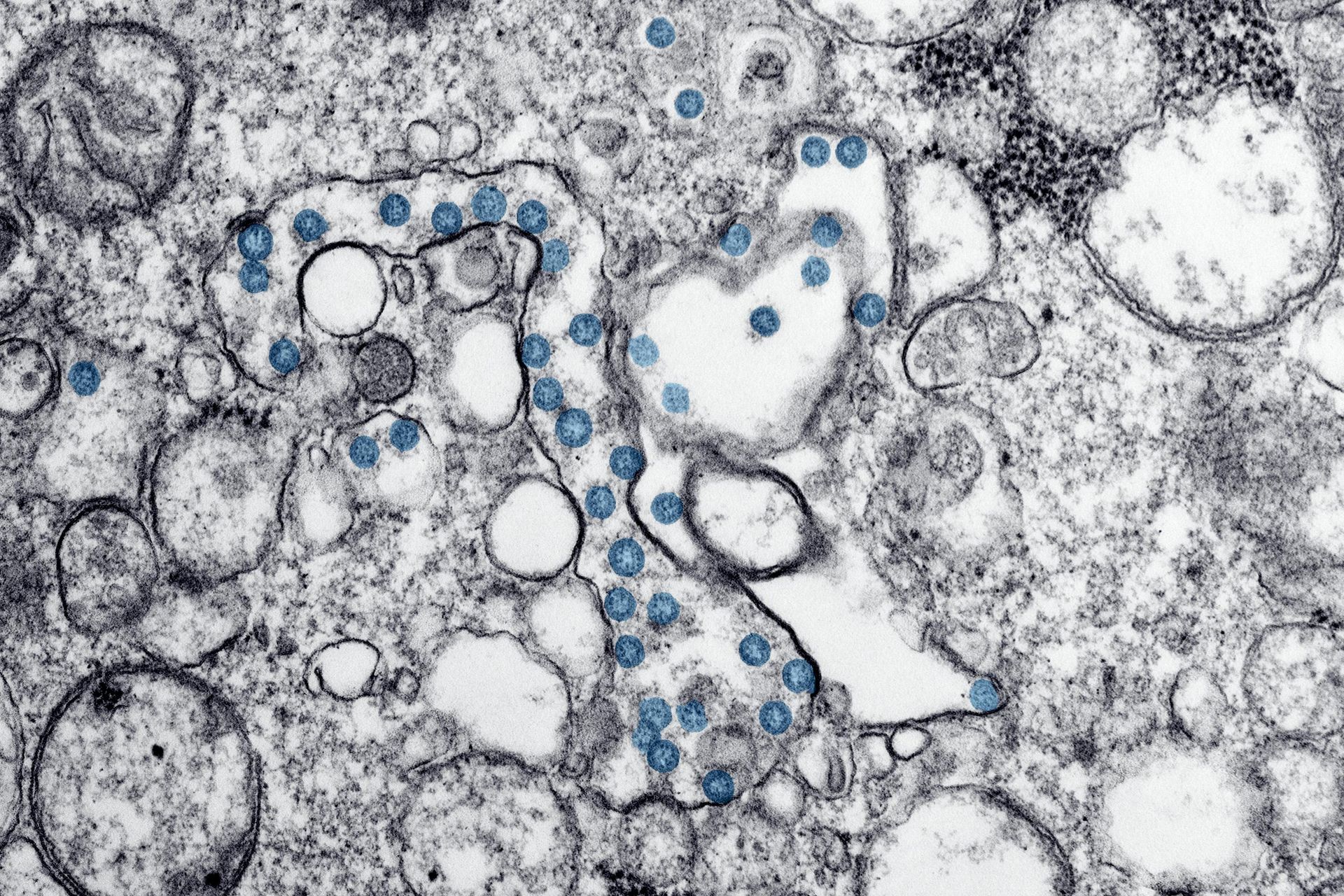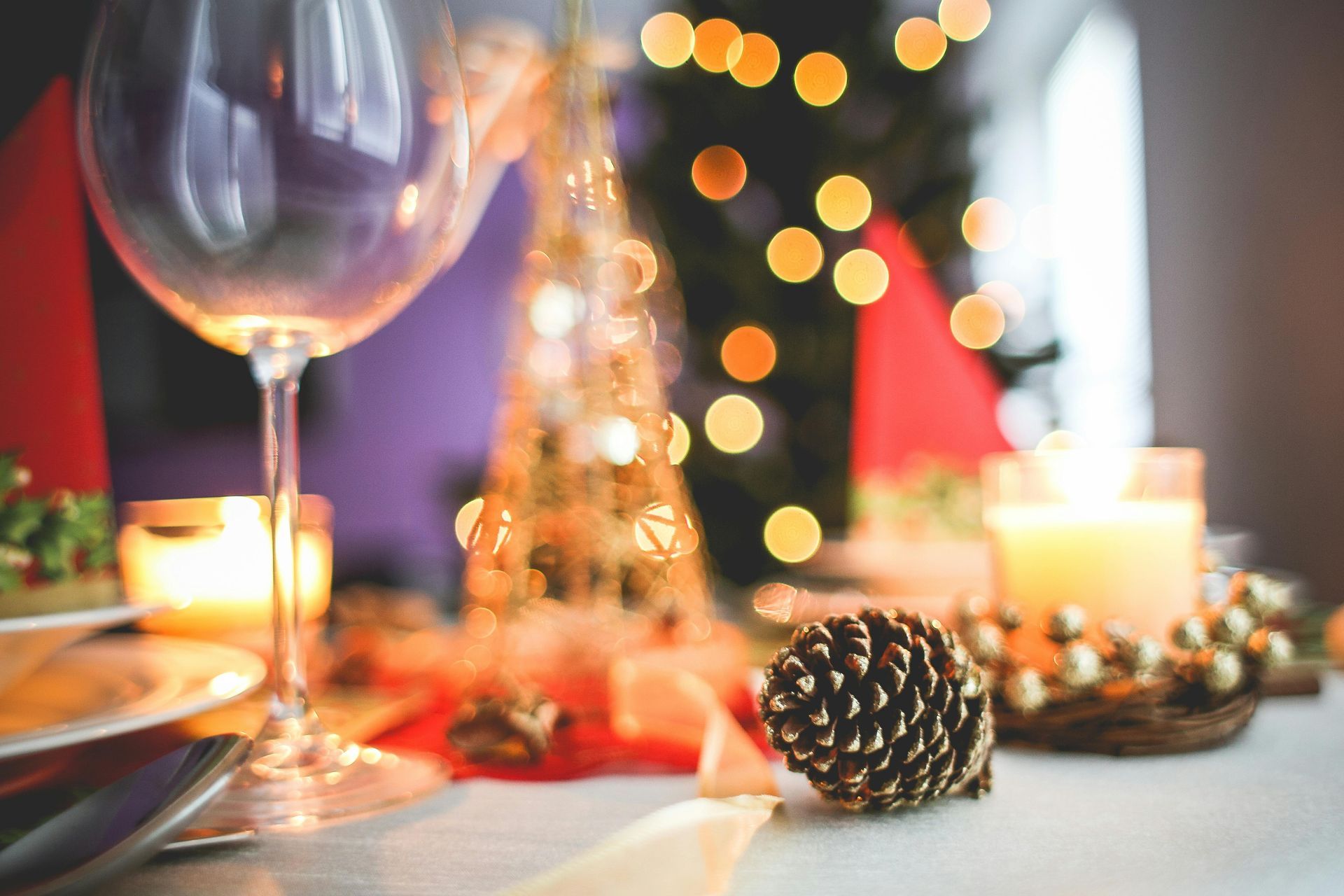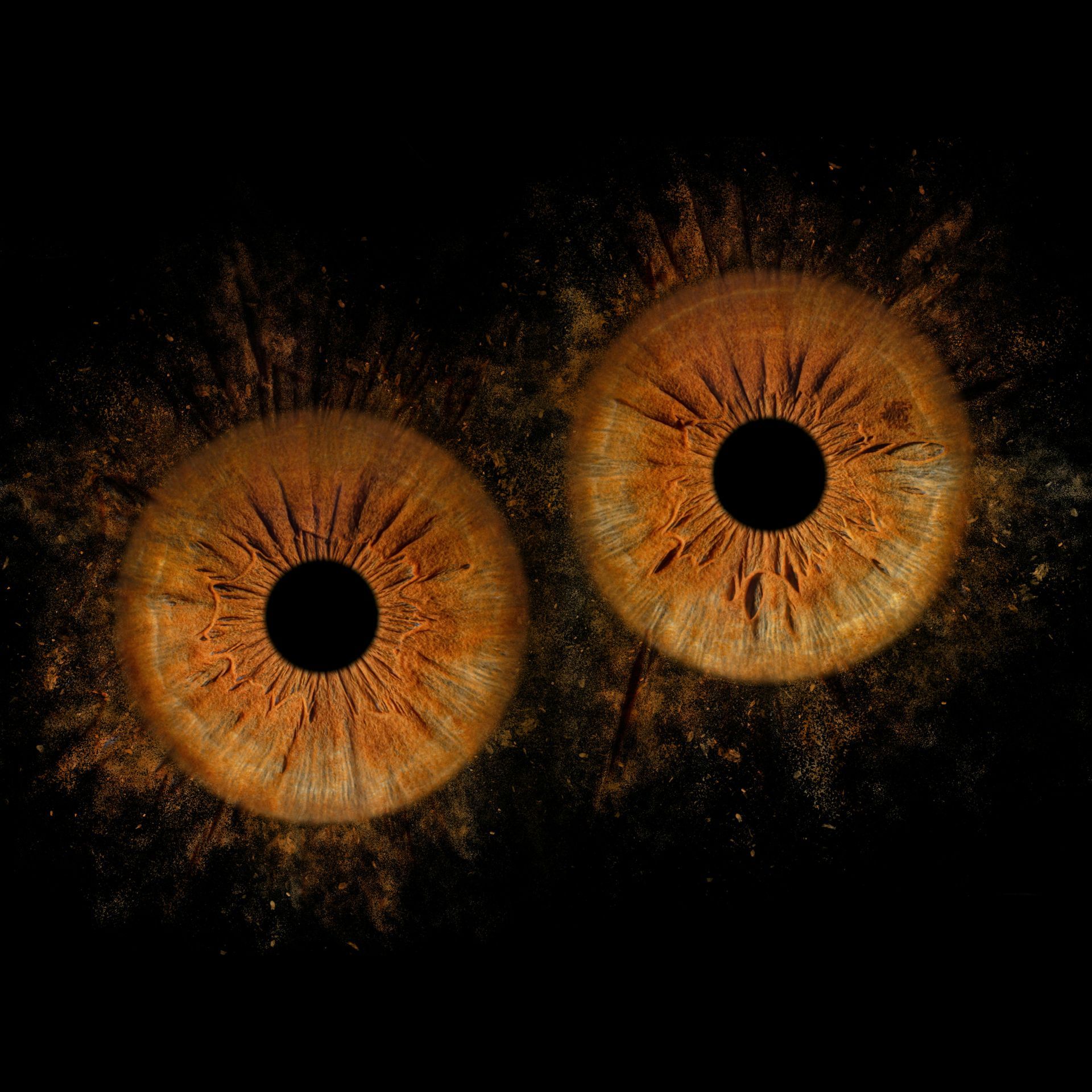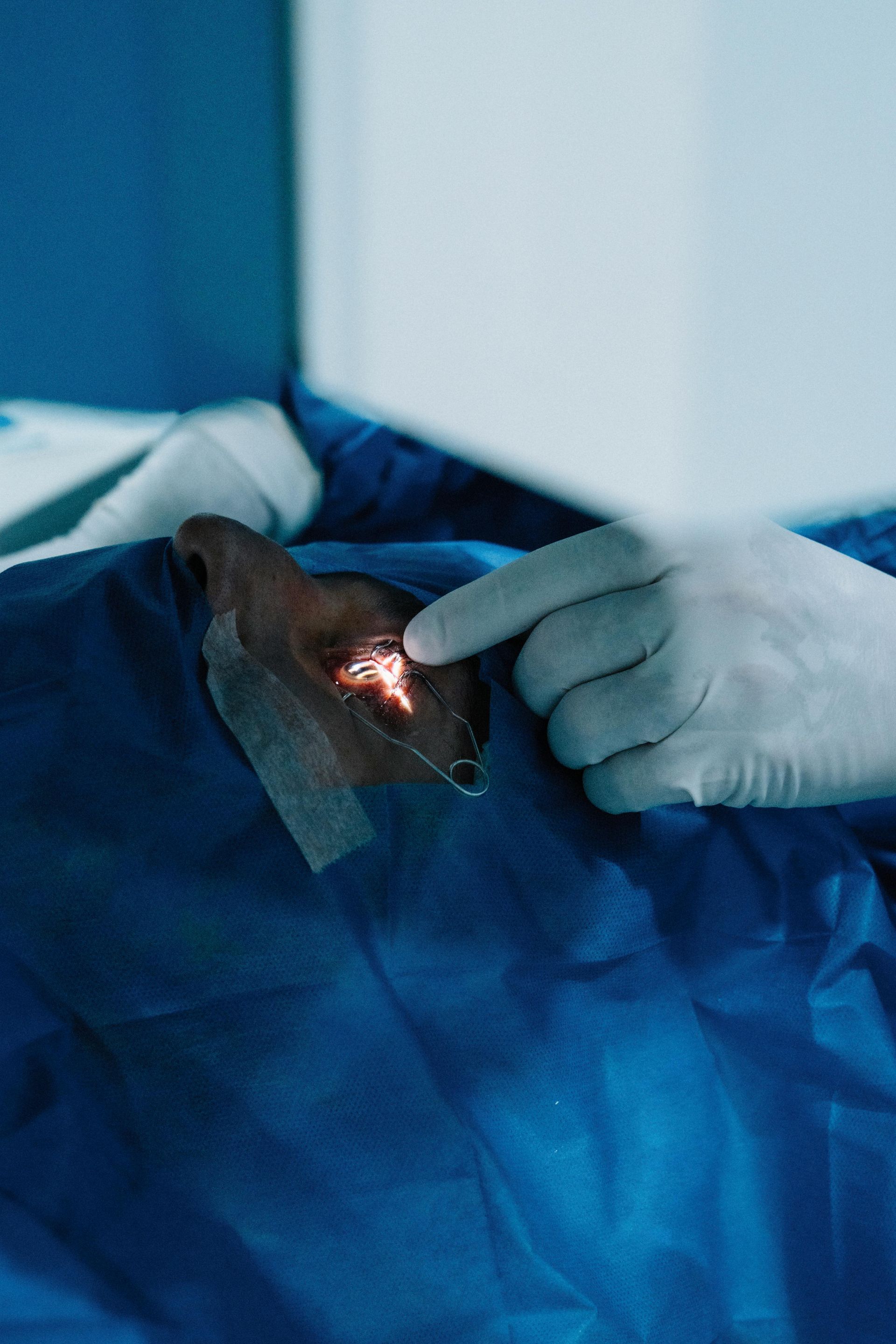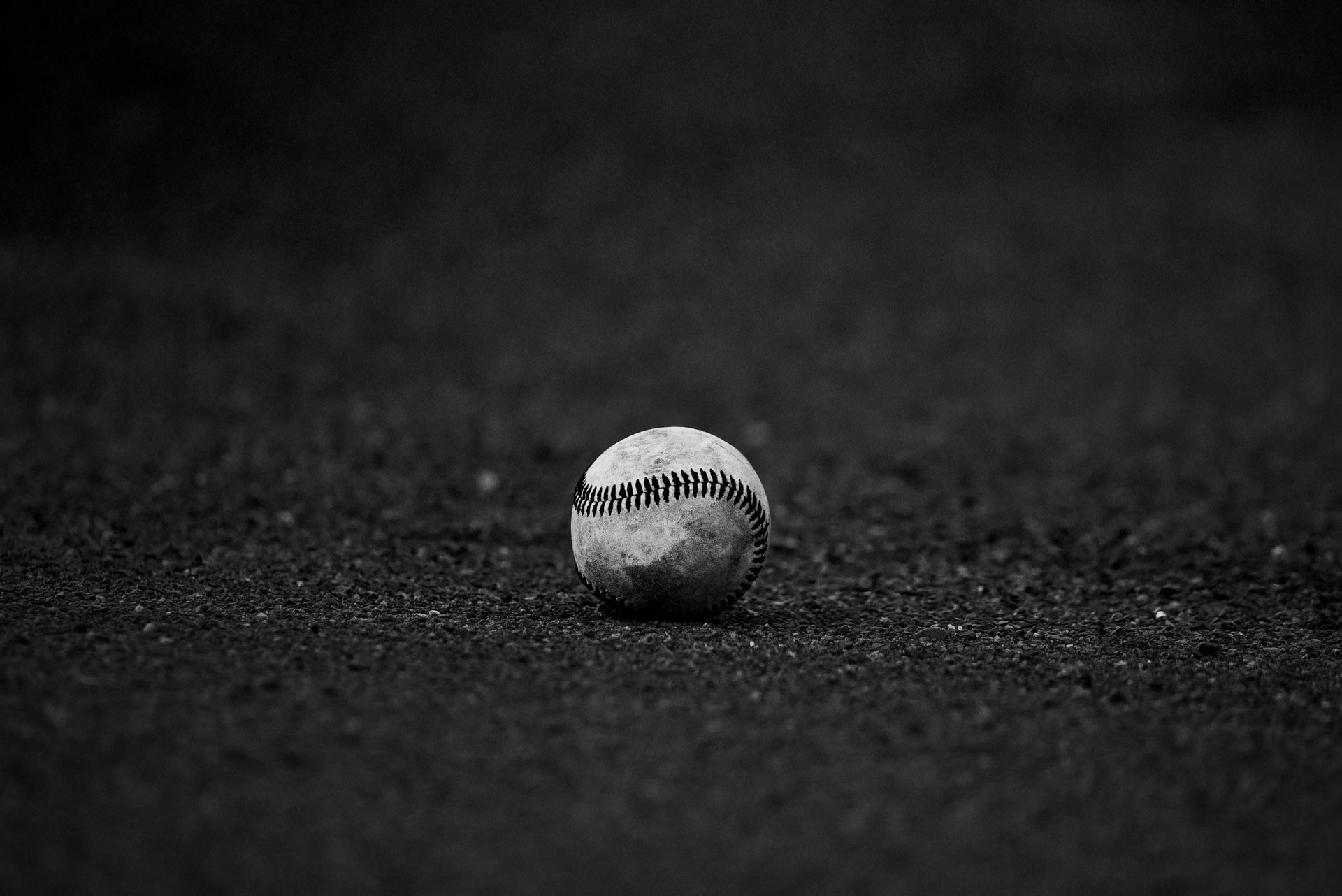Myopia Management in Children - the Myah
Blog vol 4.7. Myopia Management in Children - the Myah
In earlier blogs, I have discussed myopia, the increase in its prevalence, and its magnitude in our children, an epidemic of sorts. I have written about its early detection and the many ways that we can slow it down. I have also written about the benefits of taking these measures.
To clarify, “myopia” is a fancy word for nearsightedness. Near objects are clear, far-off ones are blurry.
You know the saying “missing the forest for the trees”? Back in June 2020, I wrote a blog on Myopia Control, a lot of the looking at the trees. Myopia Management is the forest, more far reaching, it covers the whole myopia process from the beginning.
The chief editor of the Review of Myopia Management (yes, there is a journal dedicated to this topic), Dr. Dwight Ackerman, points out that the management of myopia is a comprehensive process. He stresses four areas that need attention:
- identifying risk factors for myopia and high myopia
- providing information, advice, and recommendations to children, parents, and other stakeholders
- prescribing appropriate interventions to slow myopia progression and reduce the risk of developing high myopia
- being proactive
Prevention, prevention, prevention is the key.
Regular eye checks, a balanced diet, regular exercise, and a variety of activities, especially outdoors (i.e. not too much of any one activity, i.e. screen time, a variety of tasks at a variety of distances from the eye) are the backbone of prevention.
With prevention in mind, we have started measuring axial length of the eyes of our children. Axial length is the distance in millimetres from the front of the cornea to the back of the retina and it is the most accurate and the most pre-emptive way of detecting early myopia. (Read more here). We use a device called a “Myah” which is an optical biometer that consistently and accurately measures this length. The Myah allows us to detect early myopia up to 2-3 years earlier than previous methods. It also makes it possible to track the progress and success of our interventions. This is all done with light, no drops, no discomfort, just look at the green light, over and done in a matter of seconds; as an added benefit, the machine is quite cool and makes all kinds of R2D2-type noises.
It is not enough to rely on genetics, whether the mom or dad wears glasses because our screen-filled world is creating myopes. The Myah is a great tool that helps us catch myopia early so we can work on minimizing its development.
We have a lot of treatment options, but it is early detection that is critical because caught early means less progress and less myopia.
‘til next week,
the good doctor

